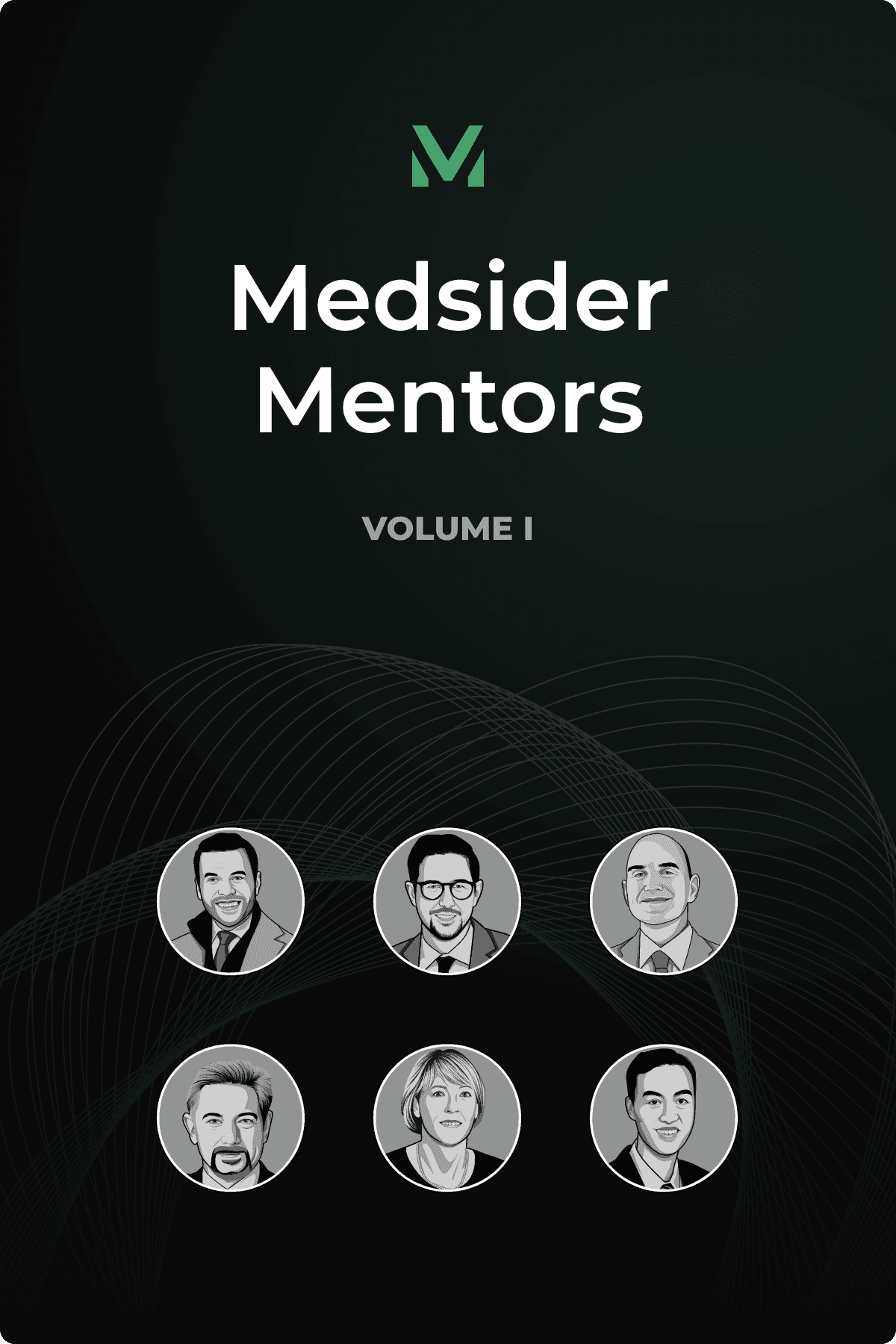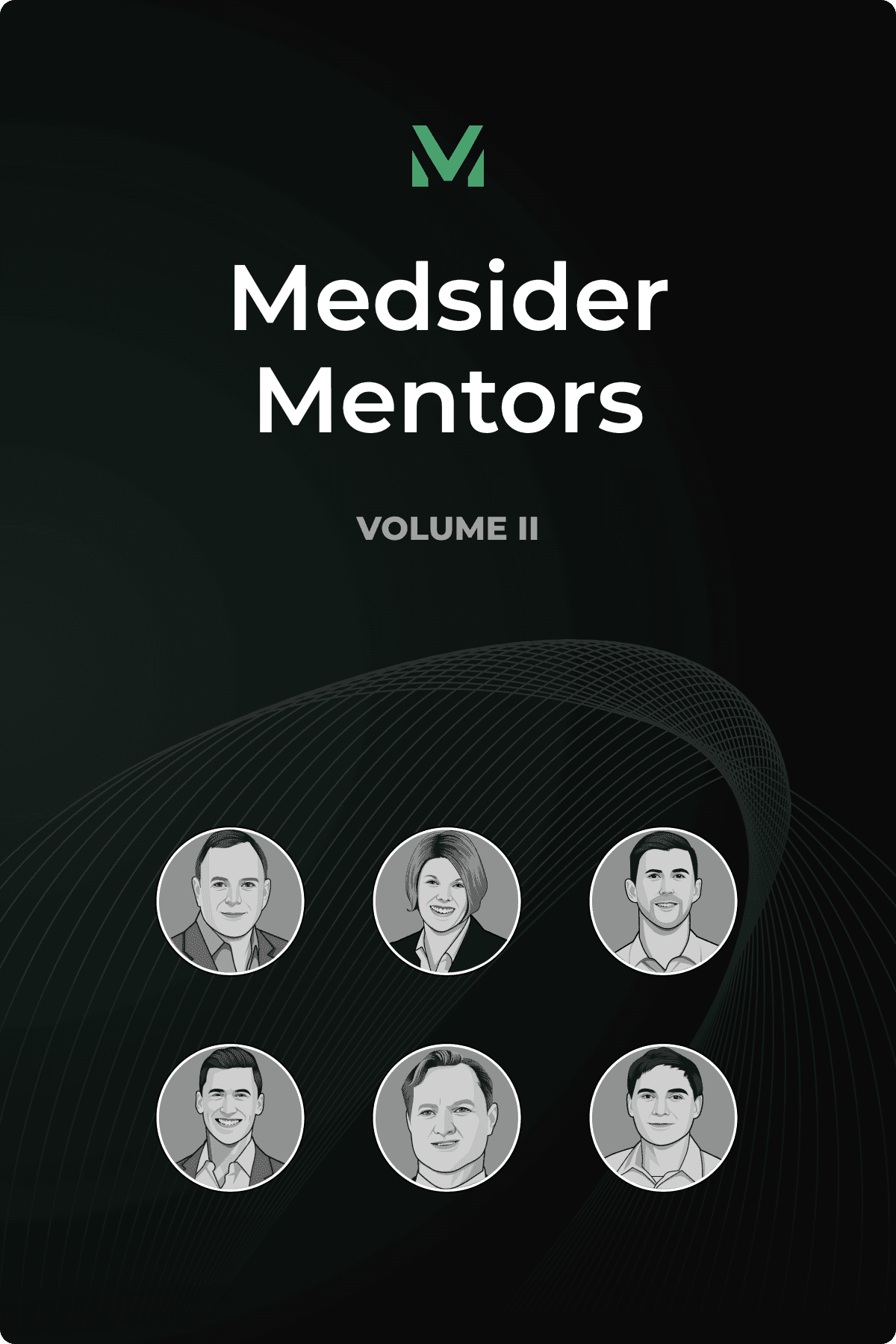How to Build a Delightful Experience for Your Customers
Interview with Somnee CEO Tim Rosa

Key Learnings From Tim's Experience
Building a brand as you build your company is crucial. To do this, put yourself in your customer’s shoes and analyze available data, such as forums, customer support logs, and other feedback sources. Develop a product roadmap that addresses any friction points you discover. Throughout the process, ensure your messaging is as clear and simple as possible.
A brand is more than just marketing; it’s the foundation of your business strategy. Building a brand means creating an experience that connects with your audience. To achieve this, focus on what matters to your customers. Stay in tune with consumer trends, like the shift toward being more informed and empowered, and align your decisions accordingly. Make your brand strategy central to everything—from product design to business choices—to build loyalty and drive growth.
Clinical evidence in OTC categories can help you create something that truly changes the game within your industry. Aim to build products that solve real problems in a measurable way. Invest in ongoing R&D to refine and adapt your solution continually and prioritize data accuracy and clinical evidence to gain trust and differentiate yourself from competitors.
Tim Rosa, CEO of Somnee, started his career in brand advertising, but things really took off when he switched to the video game industry, working with big names like SEGA Sports and ESPN Video Games. He was part of the team that launched NBA 2K, which he fondly recalls as “my baby that helped build my career.” After a decade in gaming, including time at EA and EA Sports, Tim received a call from a small startup: Fitbit.
At Fitbit, Tim became the first marketing leader, helping the company grow from a small venture to a global name in wearables. He was instrumental in Fitbit’s rise, taking it public, expanding its reach to over 100 countries, and selling more than 140 million devices. During all these, he also became familiar with sleep tracking technology—a wearable category that gained popularity very quickly.
Upon Fitbit’s exit to Google, and after Tim took some much-needed time off, he received another call—this time from renowned investor Vinod Khosla and Dr. Matt Walker, a leading sleep scientist and author of the book Why We Sleep. They introduced Tim to Somnee, a startup out of UC Berkeley that had developed a smart sleep headband using lab-grade neurostimulation technology. “I only work at a company if I'm the end customer and I believe in the product or I know I can improve the product,” Tim shares. Being an insomnia sufferer himself, he decided to give the technology a try, and it worked. However, he also saw several areas where the brand needed improvement. So he decided to join the company as CEO—on the condition that he could reassess everything, from the product to the brand architecture.
Now at Somnee, Tim is bringing advanced neuroscience through personalized technology to help people fall asleep faster and sleep better. Users wear it on their forehead for about 15 minutes before bed. The device uses EEG monitoring and neurostimulation to map the user’s brain activity, establishing a baseline and then personalizing the stimulation with AI and machine learning models to help them relax and drift off.
Looking ahead, Somnee is developing a new category of products that Tim describes as “wearable 2.0,” promising more accurate datasets and the potential to build an entire ecosystem around sleep.
You May Like These Articles
Medsider Premium
Become a premium member and unlock access to exclusive Medsider benefits.



